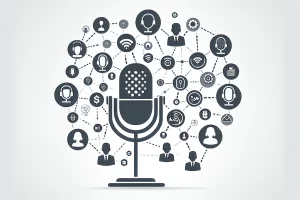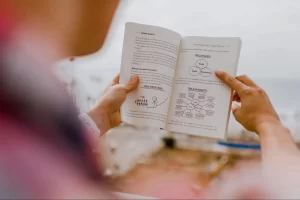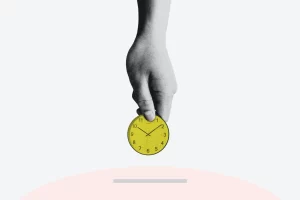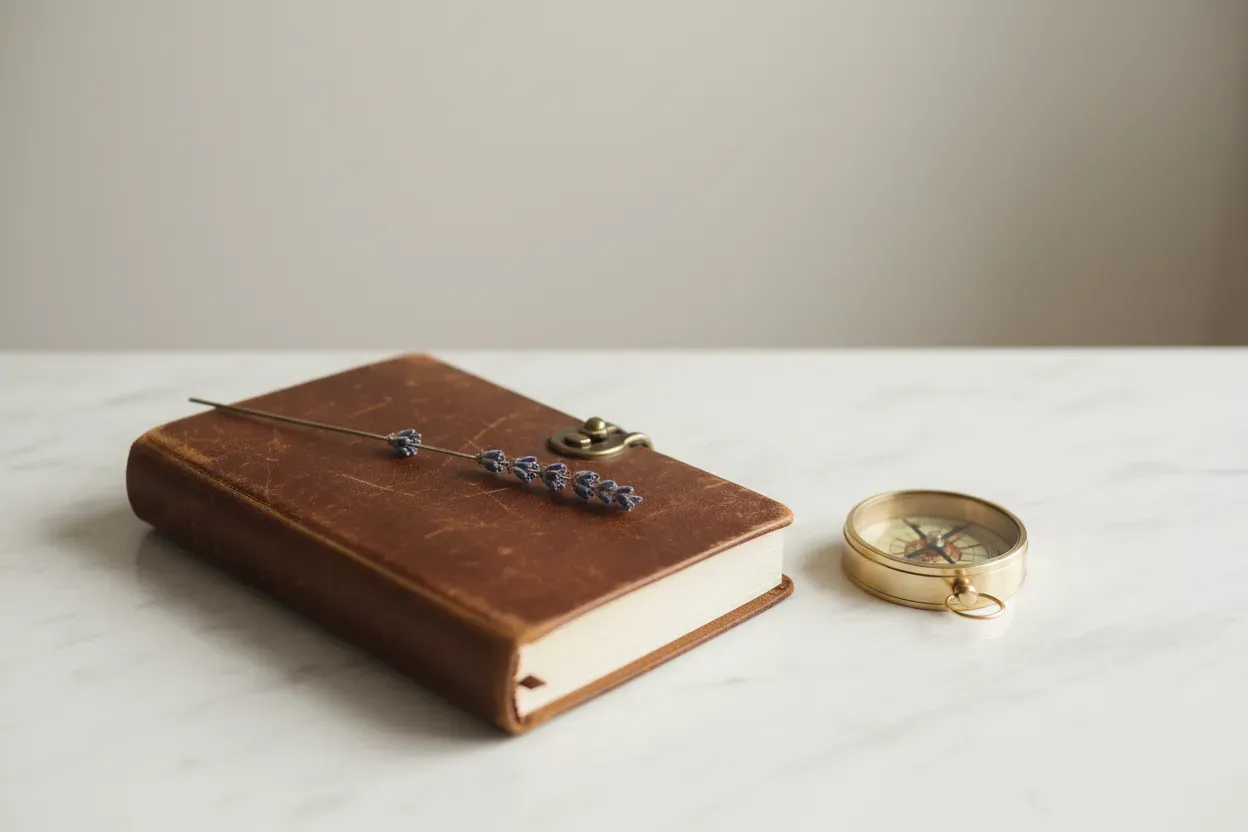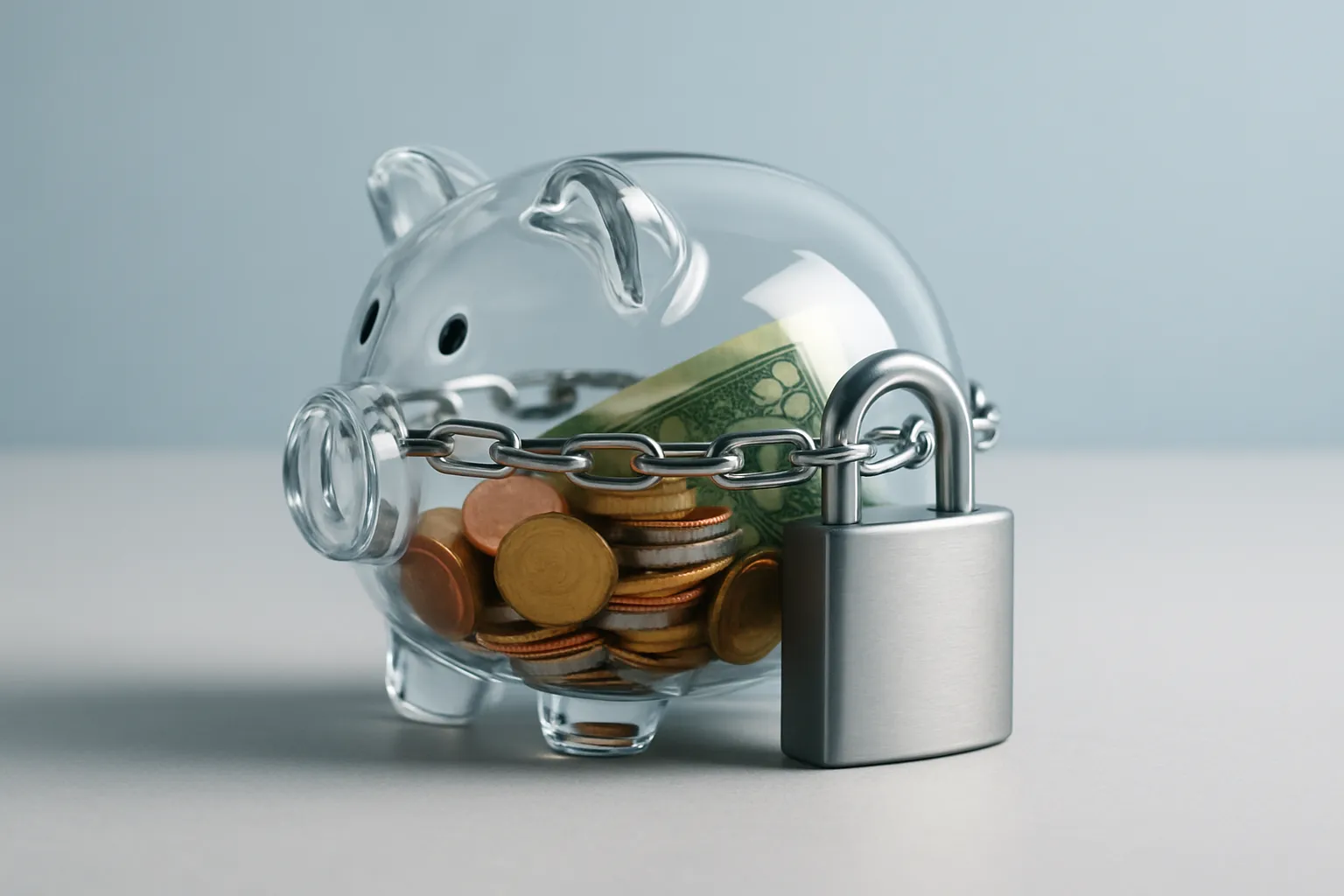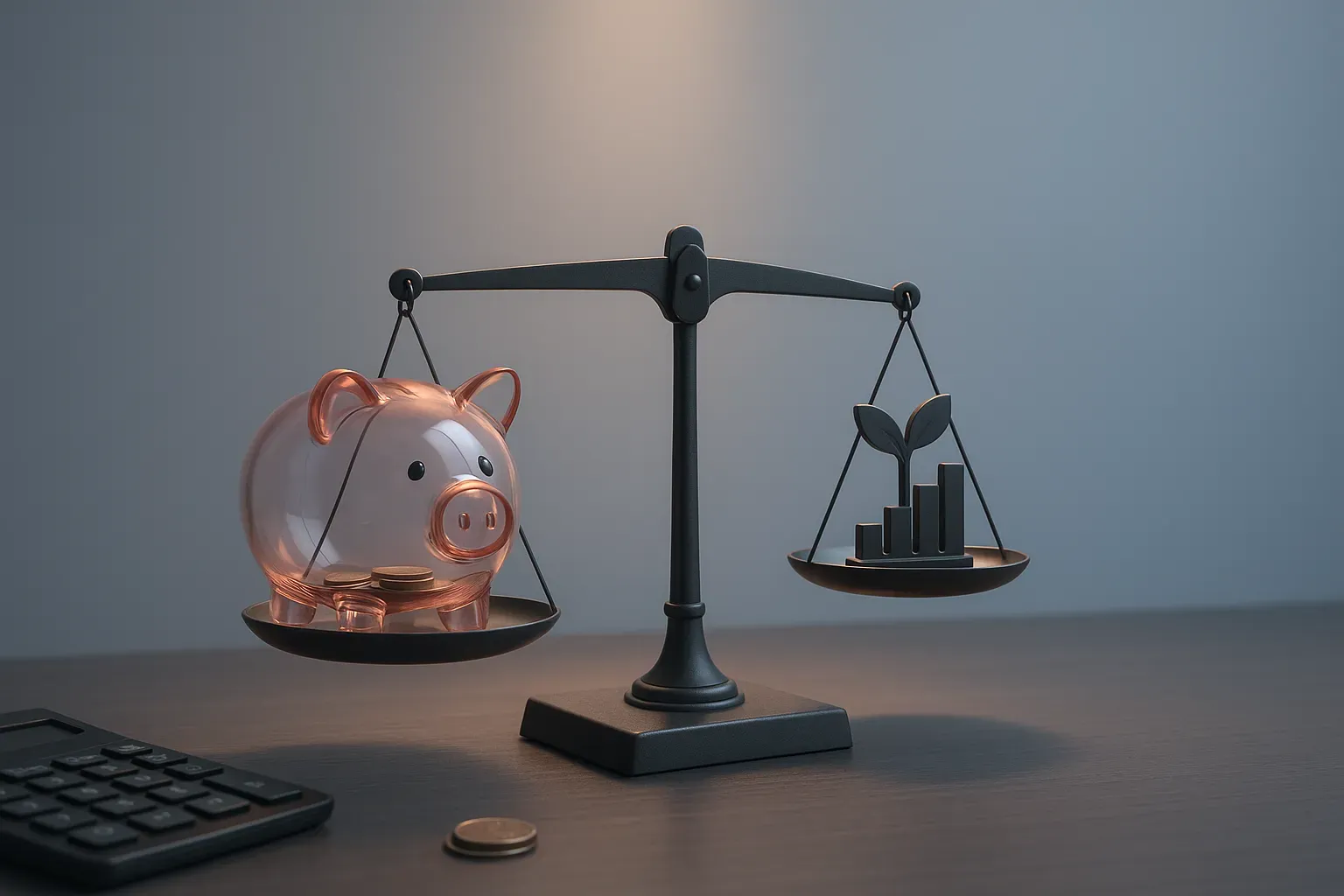How to Avoid Impulse Purchases: 6 Effective Strategies
Impulse buying can derail even the most carefully planned budgets. This article presents expert-backed strategies to curb spontaneous spending habits. Learn practical techniques to transform shopping habits and make more intentional purchasing decisions.
- Transform Impulse Shopping into Mindful Reflection
- Justify Purchases with Clear Job Applications
- Switch to Cash Only for Conscious Spending
- Implement a 48-Hour Waiting Period
- Shop from Computer to Reduce Temptation
- Stick to a List and Budget
Transform Impulse Shopping into Mindful Reflection
We all know how sometimes discomfort or stress can nudge us toward some form of emotional relief – scrolling through our phones, reaching for a snack, wandering into a store. Sometimes, a quiet, undefined restlessness pulls us toward the familiar aisles of our favorite shops.
You know the feeling: the almost subconscious drift, the soft whisper of a need you can’t quite name yet. In those moments, reaching for something that promises comfort or distraction can feel automatic, while often our deeper, tangled feelings remain untouched and unresolved.
To meet that unrest with gentle curiosity, I’ve found a practice that acknowledges the impulse without letting it take over. There’s a playful side to it, too.
Instead of buying on the spot, I practice what I call “eye and photo shopping.” As I wander through a store, I simply take pictures of anything that catches my attention – a body lotion whose scent speaks to me, a promising book, or a gadget claiming it will “make my life better”.
Photographing turns that fleeting urge into a small ritual of reflection. I can get anything I want, just not now – without buying on the spot, like collecting thoughts in a journal before making sense of them.
Once back home, I usually find the initial spark has faded. The images, like little bookmarks in my personal visual wish list, remain – ready to be revisited if I want to. This pause gives me space to ask why each thing called to me, and to decide with more ease if each item fits into my life, aligns with my needs, and respects my budget.
This practice honors the initial need for distraction and chill-out, gently acknowledging the unconscious drives that usually go unnoticed. It’s a compassionate way of saying “yes” to what is happening internally without letting it hijack me. Through this space of reflection, I find a balance between spontaneity and mindfulness.
By slowing down and capturing images instead of grabbing items off the shelf, we can create room for greater self-awareness. We begin to notice what we truly need amidst our inner noise. Shopping becomes an unexpected opportunity for introspection.
Over time, this little ritual can turn emotional shopping into a moment of presence and connection with ourselves.
We can ask – What’s needed here, beyond the object? And sometimes, perhaps most surprisingly, the answer is that not buying anything at all feels like the fullest, most satisfying choice.
 Lucia Ferrario
Lucia Ferrario
Life Coach & Meditation Teacher, The Munay Journey
Justify Purchases with Clear Job Applications
In my line of work as a Level 2 Electrician, every tool, piece of equipment, or material I buy has to earn its keep. The strategy I use to avoid impulse purchases is simple: I never buy anything on the spot unless I can clearly identify the job it will serve and calculate the return it will bring. If I can’t name the exact project or problem it solves, it stays on the shelf.
I learned this early in my career after wasting money on “must-have” gadgets that looked impressive but ended up collecting dust in the back of the ute. Now, I stick to a checklist system. Before I buy, I ask myself: Do I already have something that does the same job? Will it improve efficiency, safety, or quality enough to justify the cost? If the answer is no, I walk away.
This approach has been highly effective because it keeps my budget focused on essentials—tools and materials that directly impact my work quality or speed. For example, I’ll invest in a high-grade cable crimper because it gives cleaner, more reliable terminations and saves time on every job. But I’ll pass on the flashy multi-tool that promises “all-in-one” solutions but can’t match the performance of the specialist tools I already trust.
It’s not about being cheap—it’s about being disciplined. In electrical work, every purchase needs to have a clear purpose. That mindset not only keeps my business lean but also ensures I’m always equipped with the right gear for the job, without wasting cash on unnecessary extras.
 Alex Schepis
Alex Schepis
Electrician / CEO, Lightspeed Electrical
Switch to Cash Only for Conscious Spending
The solution that has worked best for me to save money and put an end to impulse purchases is switching to cash only. This prevents me from purchasing online, which, for me, was a huge area of overspending. Using only cash also helps me realize how much I am spending. There is something about having to hand cash over at the checkout register that makes me more conscious of prices. Cash is also a great way to stay on budget. I can withdraw a certain amount of cash at the beginning of the month for shopping/fun purchases, and once that cash is gone, I don’t have a way to overspend. There is a hard cap, unlike with debit/credit cards.
 Brooke Colglazier
Brooke Colglazier
Marketing Manager, Spacebase
Implement a 48-Hour Waiting Period
One way I prevent myself from making impulsive buys is by waiting before purchasing anything that isn’t a necessity. Whenever I want to buy something, I give myself at least 48 hours before deciding. During that time, I think about whether I really need it or if I just want it temporarily. Usually, after waiting, the excitement goes away, and I no longer feel like buying it. This approach works well for me because it helps me think carefully about my purchases, avoid regrets afterward, and stay focused on my financial goals. It also helps me reduce clutter in my home. By taking this break, I can decide if the item fits my budget and lifestyle. Over time, this habit has helped me save money, avoid buying unnecessary things, and feel more in control of how I spend.
 Matthew Ramirez
Matthew Ramirez
Founder, Rephrasely
Shop from Computer to Reduce Temptation
One simple but highly effective strategy I use to avoid impulse purchases is only shopping from my computer—not my phone. Most of the ads that trigger impulse buys pop up on my phone, and by not saving payment or shipping details there, I eliminate the “one-click” temptation. This extra step forces me to be intentional; if I truly need something, I’ll take the time to sit at my computer and complete the purchase. This small barrier has cut my impulse spending by more than half and made my buying decisions far more deliberate.
 Talib Ahmad
Talib Ahmad
Nasm Certified Nutrition Coach (Cnc), Same Day Supplements
Stick to a List and Budget
The strategy I use is shopping with a list and a set budget, whether it’s for groceries, clothes, or online shopping. If it’s not on the list, I don’t buy it. It’s simple, but powerful.
It’s been very effective because the list acts as a “guardrail” against distractions, and the budget sets a hard limit. Over time, this has not only helped me save money but also made me more intentional with my purchases. I’ve noticed I value the things I do buy a lot more, because they were planned and aligned with my priorities.
My tip: make your list on your phone so it’s always with you, and check things off. It’s both practical and satisfying.
 Xin Zhang
Xin Zhang
Marketing Director, Guyker

















